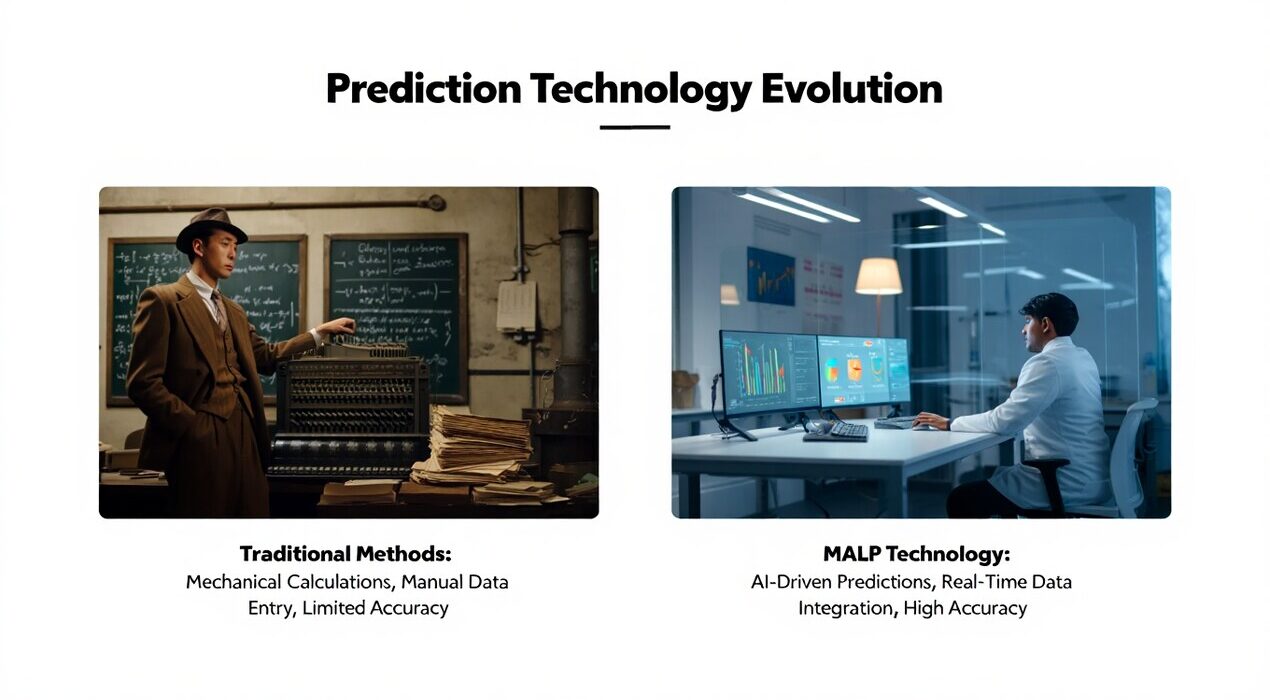Mathematicians Develop Smarter AI Tool to Predict the Future with Greater Accuracy
A global team of mathematicians has created a smarter way to predict real-world outcomes. The new method, called the Maximum Agreement Linear Predictor (MALP), was developed by Lehigh University statistician Taeho Kim and his colleagues.
Unlike older prediction models that focus on reducing average errors, MALP aims to maximize agreement between predictions and real results. This makes it especially useful in fields like health, biology, and social sciences.
How MALP Works
Traditional methods often miss the mark when perfect alignment matters. MALP, however, optimizes a measure called the Concordance Correlation Coefficient (CCC). This coefficient evaluates how well predictions match actual outcomes along a perfect 45-degree line.
In simple terms, MALP looks for both precision and accuracy,how close predictions are and how well they agree with the truth. Therefore, it can produce results that are more consistent than traditional least-squares methods.
Many people associate prediction quality with correlation. However, as Kim explains, correlation doesn’t always mean agreement. A strong correlation might still show differences if the data don’t align perfectly on that 45-degree line.That’s why MALP focuses on agreement rather than just relationship strength. It ensures predictions and actual values truly match, not just trend together.
Real-World Success
The team tested MALP using real data, including eye scans and body fat measurements. In each case, MALP produced results that better matched actual values than older techniques.
For example, when comparing eye scan data from two medical devices, MALP showed higher consistency across systems. Similarly, in predicting body fat from body measurements, MALP’s results were more accurate overall.
Future Applications
MALP’s potential reaches far beyond research labs. It could improve predictions in medicine, economics, engineering, and other data-driven fields.According to Kim, the next step is expanding MALP beyond linear models. “We hope to develop a general version,” he says, “one that delivers maximum agreement in every type of prediction.”
This innovation may soon redefine how we measure accuracy in a data-driven world.






